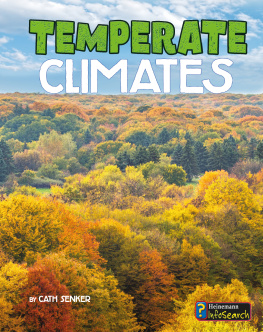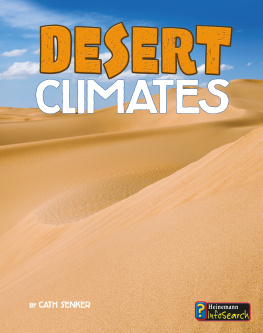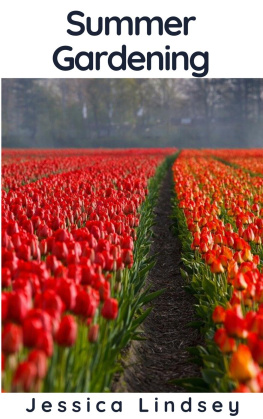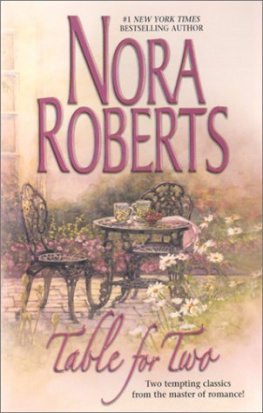Nora Harlow - Gardening in Summer-Dry Climates
Here you can read online Nora Harlow - Gardening in Summer-Dry Climates full text of the book (entire story) in english for free. Download pdf and epub, get meaning, cover and reviews about this ebook. year: 2020, publisher: Timber Press, genre: Children. Description of the work, (preface) as well as reviews are available. Best literature library LitArk.com created for fans of good reading and offers a wide selection of genres:
Romance novel
Science fiction
Adventure
Detective
Science
History
Home and family
Prose
Art
Politics
Computer
Non-fiction
Religion
Business
Children
Humor
Choose a favorite category and find really read worthwhile books. Enjoy immersion in the world of imagination, feel the emotions of the characters or learn something new for yourself, make an fascinating discovery.

- Book:Gardening in Summer-Dry Climates
- Author:
- Publisher:Timber Press
- Genre:
- Year:2020
- Rating:3 / 5
- Favourites:Add to favourites
- Your mark:
- 60
- 1
- 2
- 3
- 4
- 5
Gardening in Summer-Dry Climates: summary, description and annotation
We offer to read an annotation, description, summary or preface (depends on what the author of the book "Gardening in Summer-Dry Climates" wrote himself). If you haven't found the necessary information about the book — write in the comments, we will try to find it.
Gardening in Summer-Dry Climates — read online for free the complete book (whole text) full work
Below is the text of the book, divided by pages. System saving the place of the last page read, allows you to conveniently read the book "Gardening in Summer-Dry Climates" online for free, without having to search again every time where you left off. Put a bookmark, and you can go to the page where you finished reading at any time.
Font size:
Interval:
Bookmark:
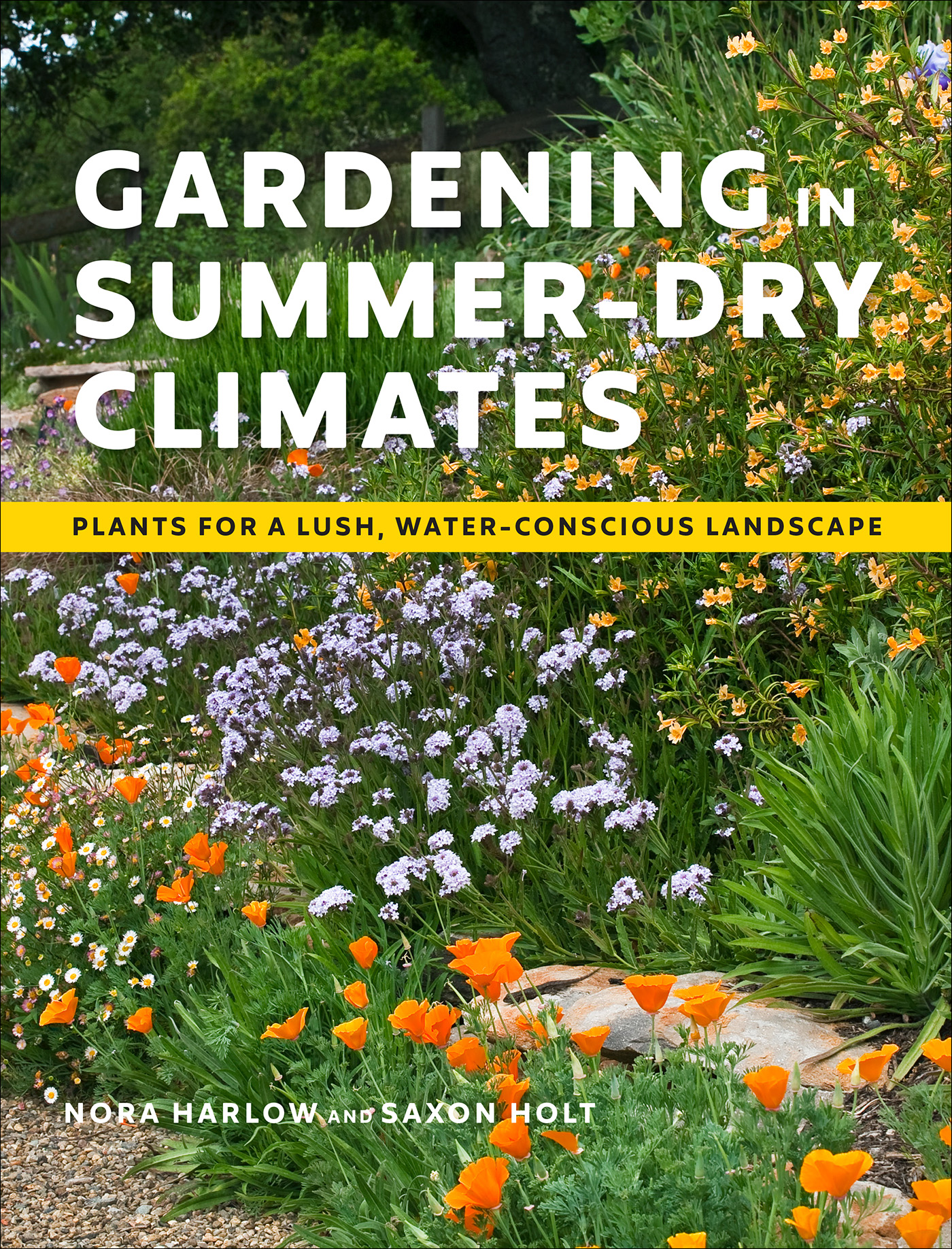

Plants adapted to summer-dry climates are displayed in a formal arrangement astride a shallow channel at The Huntington Botanical Gardens in Los Angeles.
NORA HARLOW AND SAXON HOLT
Copyright 2020 by Nora Harlow and Saxon Holt. All rights reserved.
All photos are by Saxon Holt except for the following: by Margo C. Bors.
Published in 2020 by Timber Press, Inc.
The Haseltine Building
133 S.W. Second Avenue, Suite 450
Portland, Oregon 97204-3527
timberpress.com
Text and cover design by Anne Kenady Smith
Catalog records for this book are available from the Library of Congress and the British Library.
eISBN: 9781643260297

__________
It is an exciting time to be a gardener. We all understand the importance of gardening within our planets means, that Garden Earth requires our stewardship, and that we gardeners can be a positive force for sustainability.
We began planning this book shortly after finishing Plants and Landscapes for Summer-Dry Climates of the San Francisco Bay Region, published in 2004 by the East Bay Municipal Utility District. That book, though widely acclaimed, targeted a narrow geographic zone. We believe that many more gardeners can benefit from what we all have learned about climate change in recent years.
In summer-dry climates, rainless summers are not drought; they are normal. Gardening in this climate, where water is so precious, requires a careful choice of plants that can thrive in dry summers and, in that seasonal corollary, wet winters.
This is not a no-summer-water book. Some plants will suffer if watered in the summer, but most fare better with at least some water and most gardeners want some degree of lushness around their homes. Mindful gardeners can use supplemental irrigation efficiently to support resilient landscapes that benefit all creatures that inhabit them, from human to mycorrhizal.
Low water use allows for vastly different types of gardens across the wide geographic zone we include here, from British Columbia to Baja. Each gardener should understand that a low-water plant in Seattle might require a lot of water in San Diego, and a low-water plant in Los Angeles might rot in a wet Portland winter.
Successful, low-impact, beautiful gardens are an art form that begins with acknowledging the natural landscape that surrounds the garden and orchestrating seasonally varied plants, large and small, that are climate-adapted and in harmony with their surroundings. Plants and landscapes from summer-dry climates all over the world can help us create our own plant tapestries and garden symphonies.
The plants we showcase in this book are not intended in any way to limit your choices. We hope they will inspire you to look beyond what is described here. There are many more selections, in almost every genus, that we didnt have space to include. Plant collectors and nursery professionals continue to develop and introduce new plants, seemingly almost every day.
Our most difficult task in preparing this book was narrowing down the plant list, and for this we had extraordinary help from some of the very best experts in the world. No doubt we will fail to mention every individual who influenced our thinking or turned our attention to summer-dry plants we had not considered.
In todays pantheon of West Coast garden authorities we are deeply indebted to Paul Bonine of Xera Plants in Portland; Carol Bornstein of the Natural History Museum of Los Angeles County; Emily Griswold from the University of California, Davis, Arboretum; and Richard Turner, editor emeritus of Pacific Horticulture magazine for peer review of the plant list. These four experts, broadly representing the major climate zones across the summer-dry Pacific Coast, not only reviewed the list plant by plant, but contributed authoritative knowledge and experience on plant culture and water use.
Before we narrowed down the list, we received invaluable suggestions from these and other plant and garden luminaries: Stewart Winchester, Marilee Kuhlmann, Kathy Musial, Roger Raiche, Warren Roberts, Bart OBrien, and Sean Hogan.
Many of the gardeners and designers who allowed us to photograph their gardens added real-life suggestions, and for this we wish to thank Charlotte Torgovitsky, Michelle Derviss, Mary and Lew Reid, Roger Greenberg, Greg Shepherd, John Kuzma, Mike Smith, Shelagh Tucker, Stacie Crooks, Richie Steffen, John Albers, Ernie and Marietta OByrne, David Feix, Patrick Anderson, Susan Gottleib, Jim Bishop, Scott Borden, John Greenlee, Dave Buchanan, Nan Sterman, Debra Lee Baldwin, David Fross, Urban Water Group, Arcadia Studio, Puck Erickson, Ground Studio, Brian Kemble, Jo OConnell, John Gabbert, Susan Schaff, Janet Sluis, Diana Magor, Jenn Simmons, Ruskin Gardens , Lili Singer , Gary Ratway, Nancy Roche, Judy Adler, Kathy Kramer, Michael Thilgen, Kate Frey, and Billy Krimmel.
The following public gardens allowed us special access for photography, and we are indebted to them also for the time they spent confirming plant identifications. Each is a valuable resource to gardeners in summer-dry climates: San Diego Botanic Garden, Natural History Museum of Los Angeles County, Los Angeles County Arboretum and Botanic Garden, The Huntington Botanical Gardens, Leaning Pine Arboretum, Santa Barbara Botanic Garden, Regional Parks Botanic Garden, Blake Garden at UC Berkeley, The Ruth Bancroft Garden and Nursery, University of California Botanical Garden at Berkeley, San Francisco Botanical Garden, UC Davis Arboretum, Elisabeth Carey Miller Botanical Garden, Bellevue Botanical Garden, University of Washington Botanic Gardens, The Annenberg Retreat at Sunnylands, The Living Desert Zoo and Gardens, and Denver Botanic Gardens.
We are grateful as well for the calm, competent, and always thoughtful guidance and assistance of Timber Press editor-in-chief Tom Fischer and for the individual and collective contributions of the entire Timber Press team.
Finally, for inspiration we visited many parks and open spaces throughout the West. There is no better way to learn how to garden than to visit natural areas. Thanks, Flora!
SAXON HOLT AND NORA HARLOW
Where
You Are

A tapestry of heaths and heathers, barberries, and dwarf conifers creates a richly textured Seattle garden.

A sinuous stairway invites exploration up and into a San Diego garden of succulents and palms.
GARDENERS IN SUMMER-DRY climates dont need charts and maps or statistics on rainfall to tell them that their climate is summer-dry. Our climates may be called hot- or cool-summer mediterranean, oceanic, semi-arid, submediterranean, or west coast maritime, but we are all summer-dry and we have much in common as gardeners.
Font size:
Interval:
Bookmark:
Similar books «Gardening in Summer-Dry Climates»
Look at similar books to Gardening in Summer-Dry Climates. We have selected literature similar in name and meaning in the hope of providing readers with more options to find new, interesting, not yet read works.
Discussion, reviews of the book Gardening in Summer-Dry Climates and just readers' own opinions. Leave your comments, write what you think about the work, its meaning or the main characters. Specify what exactly you liked and what you didn't like, and why you think so.



